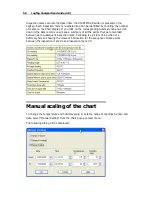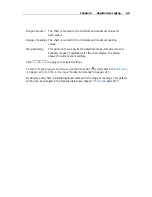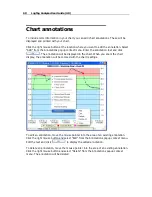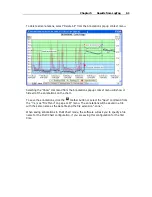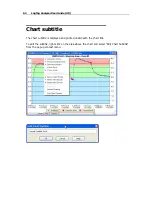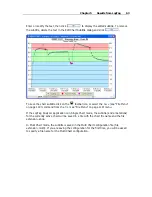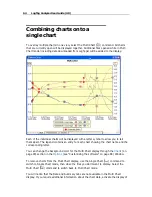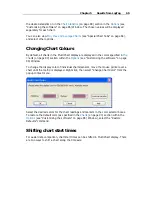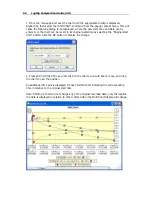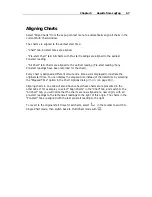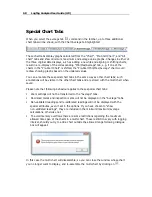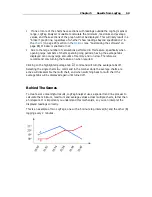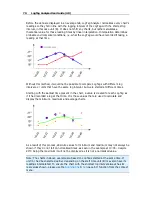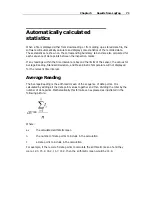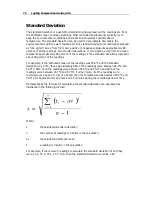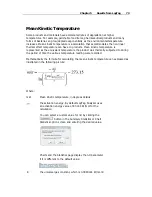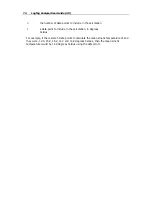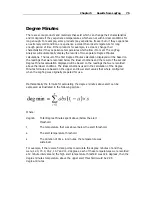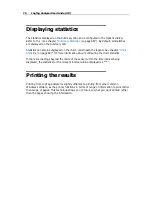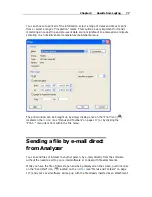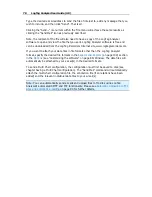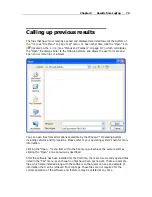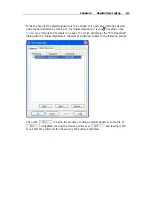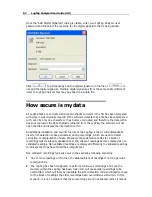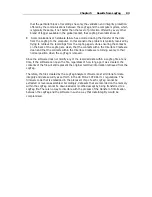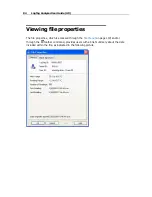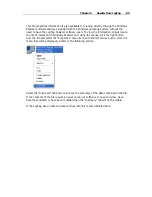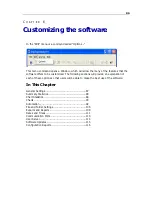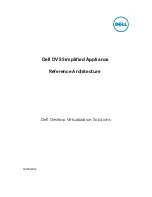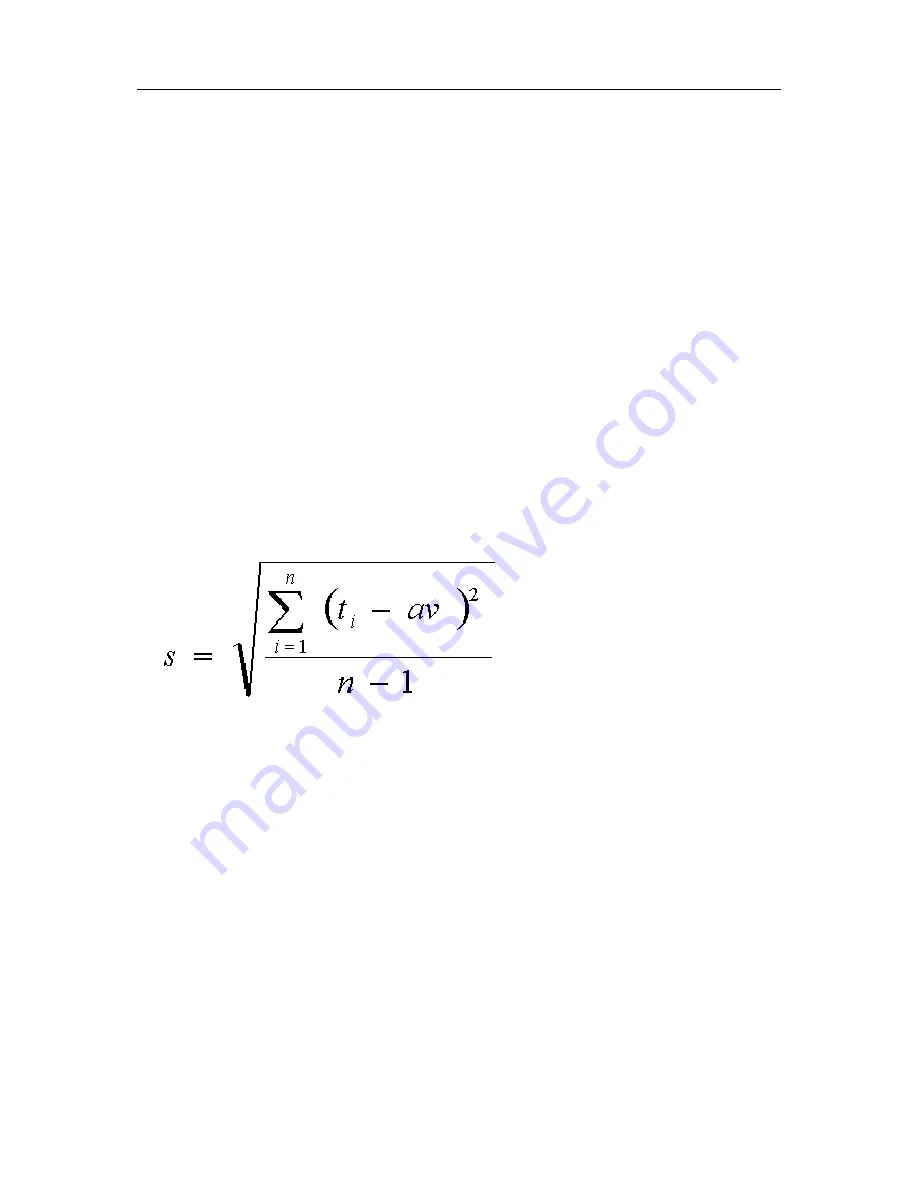
72
LogTag Analyzer User Guide (2.0)
Standard Deviation
The standard deviation is a useful for determining how spread out the readings are from
the arithmetic mean (Average Reading). Most controlled environments typically try to
keep the environmental conditions at a stable and consistent humidity and/or
temperature. The standard deviation can be used to help indicate how stable the
environmental conditions were maintained. One standard deviation (sometimes expressed
as "one sigma") away from the mean, positive or negative represents approximately 68
percent of all the readings. Two standard deviations, or two sigmas, away from the mean
represents approximately 95 percent of the readings. Three standard deviations represent
about 99 percent of the readings.
For example, if the arithmetic mean of the readings was 50.6°C and the standard
deviation was 2.3°C, then approximately 68% of the readings were between 48.3°C and
52.9°C, 95% of all the readings were between 46.0°C and 55.2°C and 99% of the
readings were between 43.7°C and 57.5°C. Further more, if all the readings were
recorded over a span of 1 day (24 hours) then the temperature was between 48.3°C and
52.9°C for approximately 16 hours and 19 minutes during the recorded period of time.
Mathematically the formula for calculating the standard deviation can expressed as
illustrated in the following picture:
Where:
s
the calculated standard deviation
n
the number of readings to include in the calculation
av
the calculated arithmetic mean
t
i
a reading to include in the calculation
For example, if there were 5 readings to calculate the standard deviation of and they
were, 12.3, 15.9, 16.2, 14.7, 14.9, then the standard deviation would be 1.54
Summary of Contents for Analyzer
Page 1: ...2 0...
Page 23: ...Chapter 3 Quick Start Guide 23 Only flashes if no alert condition is present...
Page 170: ......

